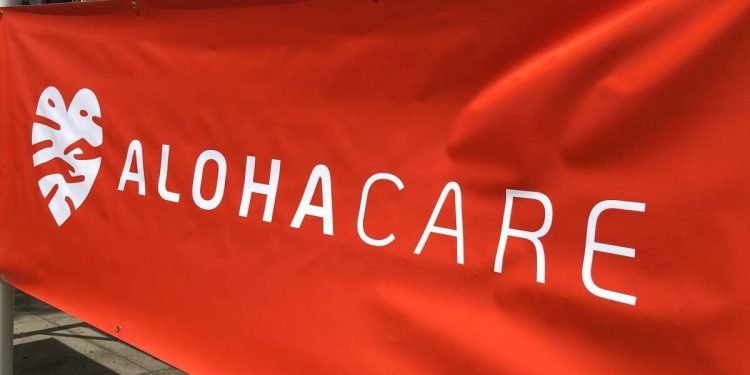Hula, lomilomi, and ʻai pono or Native Hawaiian vitamin are actually lined beneath an area well being plan.
Kealoha Fox, senior supervisor of social well being integration at AlohaCare, says the Ke Aloha Mau Program makes use of conventional, cultural, and religious approaches to well being and therapeutic. All of the providers are provided without charge to members.
“Lastly, proper? Lastly, thereʻs an area group that sees this as a profit to our well being. We all know that ensuring that having providers like Native Hawaiian therapeutic providers accessible to our communities is a good funding not only for our Native Hawaiian members however all members from throughout the Hawaiian Islands,” Fox advised HPR.
AlohaCare gives well being care protection for Hawaiʻi’s Medicaid and Medicare beneficiaries.
Francoise Culley-Trotman, CEO of AlohaCare, says the pandemic made it actually tough to disregard well being fairness points and the necessity for culturally responsive providers.
“It’s been confirmed that if we’re profitable in creating and delivering culturally responsive providers, it actually improves our potential to efficiently have interaction with people and to assist drive making their well being and well being care choices, and that finally impacts outcomes, proper?” Culley-Trotman stated.
Culley-Trotman says growing sustainable options just like the Ke Aloha Mau Program take time and a bit extra sources, however it’s achievable and worthwhile.
“I believe the proof exists to assist the lower in disparities, decreased total well being care prices, and many others. These providers have existed for hundreds of years, we all know that. And their worth has been confirmed for hundreds of years. I believe what’s new is that well being plans don’t usually cowl a lot of these providers,” she stated.
Open enrollment begins in October. For extra info, go to AlohaCare.org.











